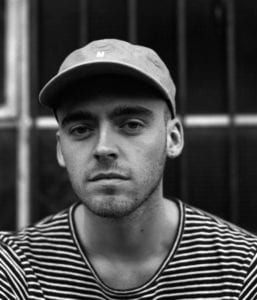
Daniel Milroy Maher is a London-based writer and editor specialising in photographic journalism. His work has been published by The New York Times, Magnum Photos, Paper Journal, GUP Magazine, and VICE, among others. He also co-founded SWIM Magazine, an annual art and photography publication.